Photo Credit: Lizard Island, Great Barrier Reef
Picture waking up to the joyful call of a kookaburra echoing through the Australian Bush, or watching the first light of dawn bathe rugged mountain ranges in golden hues. At the Luxury Lodges of Australia, nature’s marvels are not just a backdrop—they’re the essence of your experience in the Island Continent. These extraordinary lodges invite you to step into Australia’s wild heart, where the untamed beauty of the land meets the pinnacle of luxury. From witnessing the majestic dance of humpback whales off the Ningaloo Coast to walking among the rare Tasmanian devils in their sanctuary at Saffire Freycinet, every encounter is surreal, to say the least.
We chat with Tori Somerville, General Manager of Luxury Lodges of Australia to gain exclusive insights into unique wildlife encounters, what to expect across different seasons, Australia's delicate ecosystem, and sustainability practices. This conversation offers a comprehensive overview of the brilliant initiatives you can participate in to make the most of your travels in the Great Southern Land.
Meet Australia’s Wild Icons
Australia is home to over 20,000 plant species and 2,300 animal and bird species, most of which are unique to the continent. Australia's most famous and unique wildlife includes kangaroo, wallaby, koala, wombat, echidna, platypus, emu, galah and the ever-laughing kookaburra. Along with this, there is an immense diversity of marine life, particularly on the reef systems including the Great Barrier Reef, Ningaloo Reef and Lord Howe Island.
Unparalleled Wildlife Encounters
One of the most remarkable experiences awaits at Saffire Freycinet, where local conservation coincides harmoniously with biodiversity. In partnership with Wildcare, Saffire is a major sponsor of Tasmanian Devil research, funding a wildlife veterinary researcher two days a week to research prevention and cure of the Devil Facial Tumour Disease, protect and manage wild devil populations, care for insurance populations and support breeding programs. To date, over 100 healthy devils have been released around Tasmania and an effective vaccination has been developed.
Visit Saffire’s open-range devil enclosure and encounter these rare and unique creatures in a natural setting led by knowledgeable guides. This enclosure was established as a safe zone for healthy, breeding devils in the face of the deadly facial tumour disease, and forms part of the Statewide Save the Devil Program. You can experience daily devil feedings at the free-range enclosure, and ‘adopt a devil’ to contribute to Wildcare’s gift fund and support this vital ongoing research to ensure the survival of this iconic Tasmanian marsupial.
At the Southern Ocean Lodge on Kangaroo Island, often referred to as Australia’s Galapagos, you will be immersed in the island's rich wildlife. The Signature Sundowners experience offers the chance to observe kangaroos and wallabies grazing in their natural habitat while enjoying South Australian beverages and 'Kanapés' with a side of heart-throbing sunsets. Another highlight is a guided tour, led by a naturalist to the Seal Bay Conservation Park, where you can walk among Australia’s third-largest colony of sea lions, learning about their unique breeding cycles and witnessing the nurturing of young pups. There's often a chance to spot young sea lion pups playing in the surf or mothers nurturing their young.
Photo Credit: The Louise, Barossa Valley
For a truly serene experience, Spicers Peak Lodge provides nocturnal wildlife spotting where bettongs, long-nosed bandicoots, ring-tailed possums and different native owl species are some of the animals you could expect to spot. Or guests at The Louise, Barossa Valley can enjoy breakfast with the Roos. The private tour starts at 7 am with a driver on your doorstep for the 20-minute transfer to the nearby conservation park. An easy 15-minute bush walk into the park leads to a clearing where families of native Kangaroos can be spotted enjoying their breakfast. The driver, who doubles as your walking host, will assist in setting out your picnic-style breakfast in this beautiful, natural setting.
The Different Seasons of Wonder
Australia’s wildlife encounters vary throughout the year, with specific seasons offering unique experiences.
Humpback whales are one of the larger baleen whale species and range in length from 12 to 16 metres. Each year an estimated 30,000 humpbacks migrate along the Ningaloo Coast on their way to and from their breeding and birthing ground in Exmouth Gulf and sheltered waters north as far as The Kimberley. The sight of a humpback whale breaching the surface just beyond the breakers of the Ningaloo Reef is another unforgettable spectacle from the comfort of the camp at Sal Salis. You can now swim with humpback whales from July to October, witnessing these majestic creatures breach the water’s surface.
Additionally, mid-March to August offers a once-in-a-lifestyle opportunity to snorkel alongside whale sharks, the gentle giants of the sea. Ningaloo is one of the only places in the world where whale sharks appear regularly in large numbers, with over 235 individuals recorded. Sal Salis offers whale shark swims with select local partners and you can expect an up-close-and-personal view of these gentle giants. During the course of the day, the crew will keep an eye out for turtles, dolphins, dugongs, manta rays and sea birds and there is usually time for a snorkel at the back of the Reef. Whale shark swims are available from mid-March to August each year and they do need to be pre-booked as the boats do fill up months in advance.
The Lizard Island, set right on the Great Barrier Reef showcases a diverse wildlife calendar. From the black-naped terns nesting in February and green sea turtles feeding near the shore around May to the very sociable white-breasted woodswallows breeding in August, each month brings a new natural wonder, ensuring that you have the opportunity to witness Australia’s vibrant fauna at its peak. You can also immerse in an extensive range of Great Barrier Reef activities at Lizard Island. Whether you want to dive and snorkel the inner or outer reef or take a dive into the research station—there is something for everyone.
Leading the Way in Conservation and Sustainability
Australia’s environment is one of the most diverse on earth and its landscape is one of the oldest. Its flora and fauna have evolved in isolation for 45 million years, untouched by the upheavals of the world’s continental plates. The result is a unique, highly specialised and very fragile environment. Human life and development have impacted some of those areas. Significant activity is underway to protect, and restore, some of these habitats and Australia’s extraordinary biodiversity.
Arkaba Conservancy in the Flinders Ranges, South Australia, is a prime example of this commitment. Since 2009 Wild Bush Luxury’s dedicated team has transformed Arkaba Station from a historic sheep station into a thriving 60,000-acre private wildlife conservancy. All sheep stock has been removed from the property, and conservation programs have focused on feral species eradication and on regenerating the ancient landscape to its natural state. Today, Arkaba’s wildlife is prolific, with regular sightings of red kangaroo, western grey kangaroo, common wallaroo and echidnas, along with a general increase in native bird, mammal and reptile populations. Native grasses have also been re-established, and red gum saplings are reappearing along creeks, halting the erosion along watercourses. Meanwhile, a focus on cultural heritage includes interpretive walks for guests guided by a local First Nations Adnyamathanha Elder.
“Our strongly held belief is that tourism should help foster conservation of our natural and cultural heritage.” says founder of Wild Bush Luxury, Charlie Carlow.
Photo Credits: Capella Lodge, NSW
Capella Lodge on Lord Howe Island offers the chance to engage directly in conservation efforts through the Lord Howe Island Conservation Volunteers program. Alongside experts from around the world, you can help monitor the island’s unique plant and animal species (including marine species such as the endemic McCulloch’s anemone fish, found only within the Lord Howe Island Marine Park) and participate directly in efforts to protect the island’s natural environment through weed eradication, surveys and collecting beach debris.
Luxury Lodges that Blend into Nature’s Canvas
The lodges’ thoughtful design and prime locations are integral to the wildlife experiences they offer. Two of the lodges that give you the opportunity to reside next to the region’s more prominent wildlife are Bamurru Plains & Arkaba.
Bamurru Plains in the Mary River region of the Northern Territory is a lodge that blends seamlessly with its surroundings with minimal impact on the natural environment. Each suite blends with the surrounding bush and is shaded by native woodland and pandanus trees. Elevated on poles above the floodplain, with mesh walls on three sides, the bungalows provide an immersive experience where you can observe wildlife such as wallabies and buffalo up close. Often, a morning wake-up call is the thump of a wallaby tail outside your door.
A leisurely stroll from Arkaba homestead through beautiful red gum trees is the wildlife observation hide, which features a reliable watering point for birds and other wildlife in the warmer month, including 36 different bird species, Western grey kangaroos, red kangaroos, common wallaroos, echidnas, sand goannas, bearded dragons, shingleback skinks and the tawny dragon endemic to Australia. The hide is a complimentary experience for guests at Arkaba and an ideal place for a spot of morning or afternoon tea as they listen to the iconic sounds of the Flinders Ranges.
The Union of Opulence and Stewardship
Each of the 19 Luxury Lodges of Australia, member lodges makes a positive contribution to the natural environment in which it operates. Indeed, the business of operating each of the lodges depends on the ongoing appeal and health of the environment and community; without a thriving environment, the lodge’s appeal is diminished. The approach to environmental conservation varies greatly between lodges depending on their location and the nature of their environment, making for a rich and diverse response to environmental sustainability across the collection.
Capella Lodge's location on World Heritage-listed Lord Howe Island means adhering to a range of stringent operational regulations that inform the licence to operate and reside on the island. This regulatory framework is designed to conserve the island’s spectacular natural beauty and unique ecology. While they add another layer of complexity to balancing environmental stewardship and providing an exceptional guest experience, they also reflect a community-wide commitment to protecting the very things that attract visitors.
“We collaborate with the Lord Howe Island Board to inform and implement environmental management policies and programs that sustain the island’s conservation values, as well as following our own additional sustainability guidelines,” explains Baillie Lodges Founder, James Baillie.
Photo Credits: Southern Ocean Lodge
Many of the 19 Luxury Lodges of Australia are located in places of environmental, as well as, cultural significance. The majority lie adjacent to, or actually within, National Parks or UNESCO World Heritage Areas including the Great Barrier Reef, the Daintree Rainforest, Ningaloo Reef, Lord Howe Island and more.
The lodge owners and their teams recognise the privilege of doing business in these wild and precious places. Our natural environments are the number one asset and main attraction. While the Lodges provide a luxurious ‘base camp’, the compelling reason for our guests to visit is to explore the surrounding environments.
Do you want to be at one with Australia’s wilderness and natural spectacles? Contact us to get started. Stay at any of the Luxury Lodges of Australia and enjoy exclusive benefits through our special partnerships.





































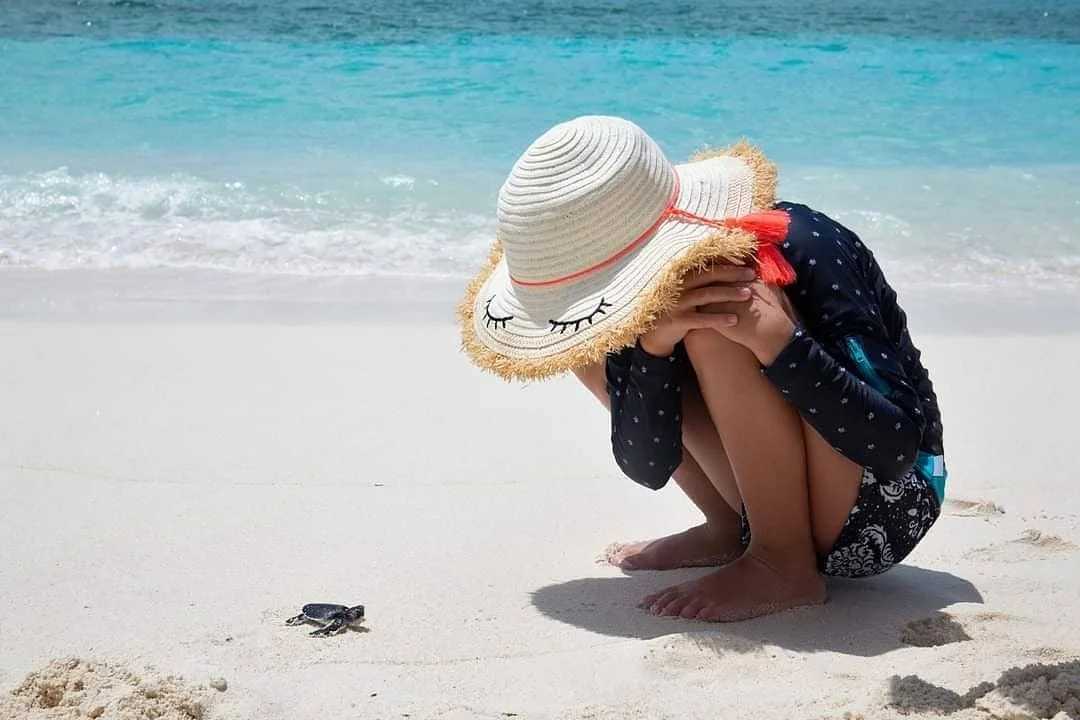


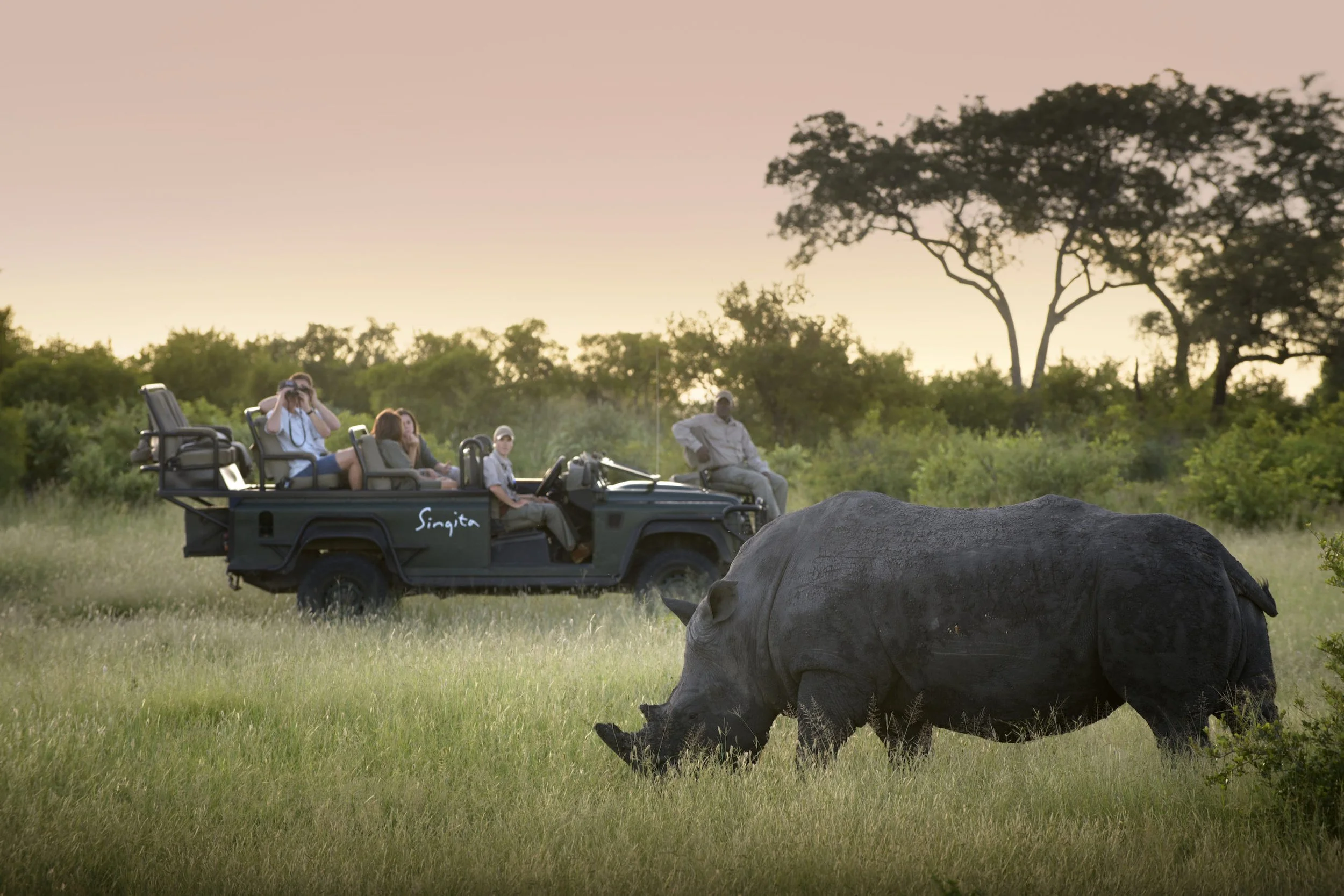
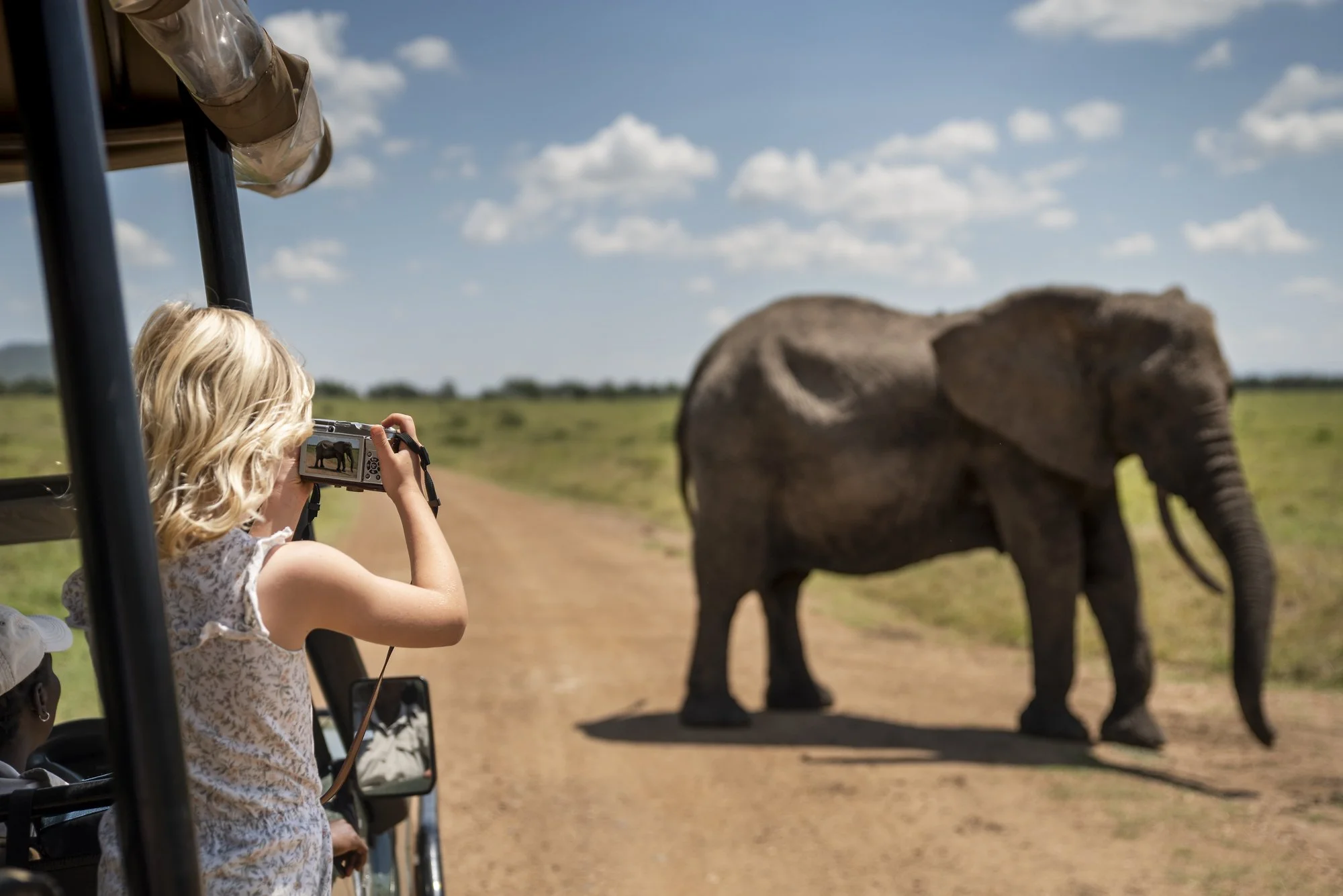
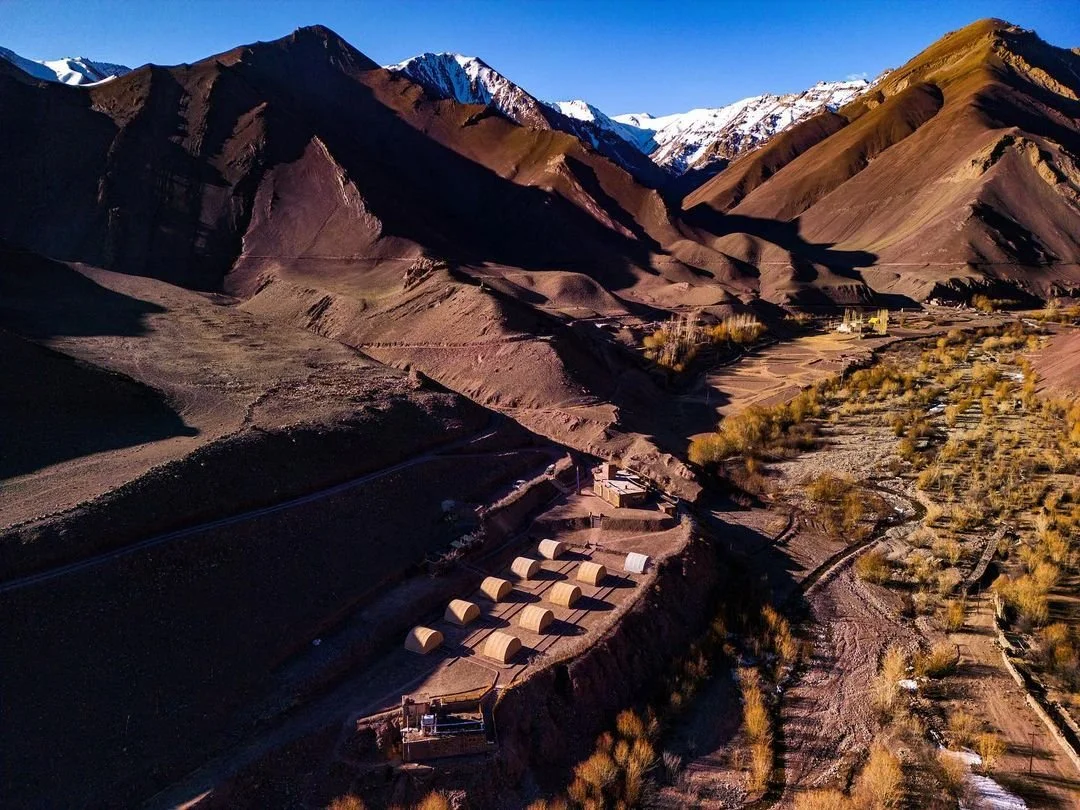
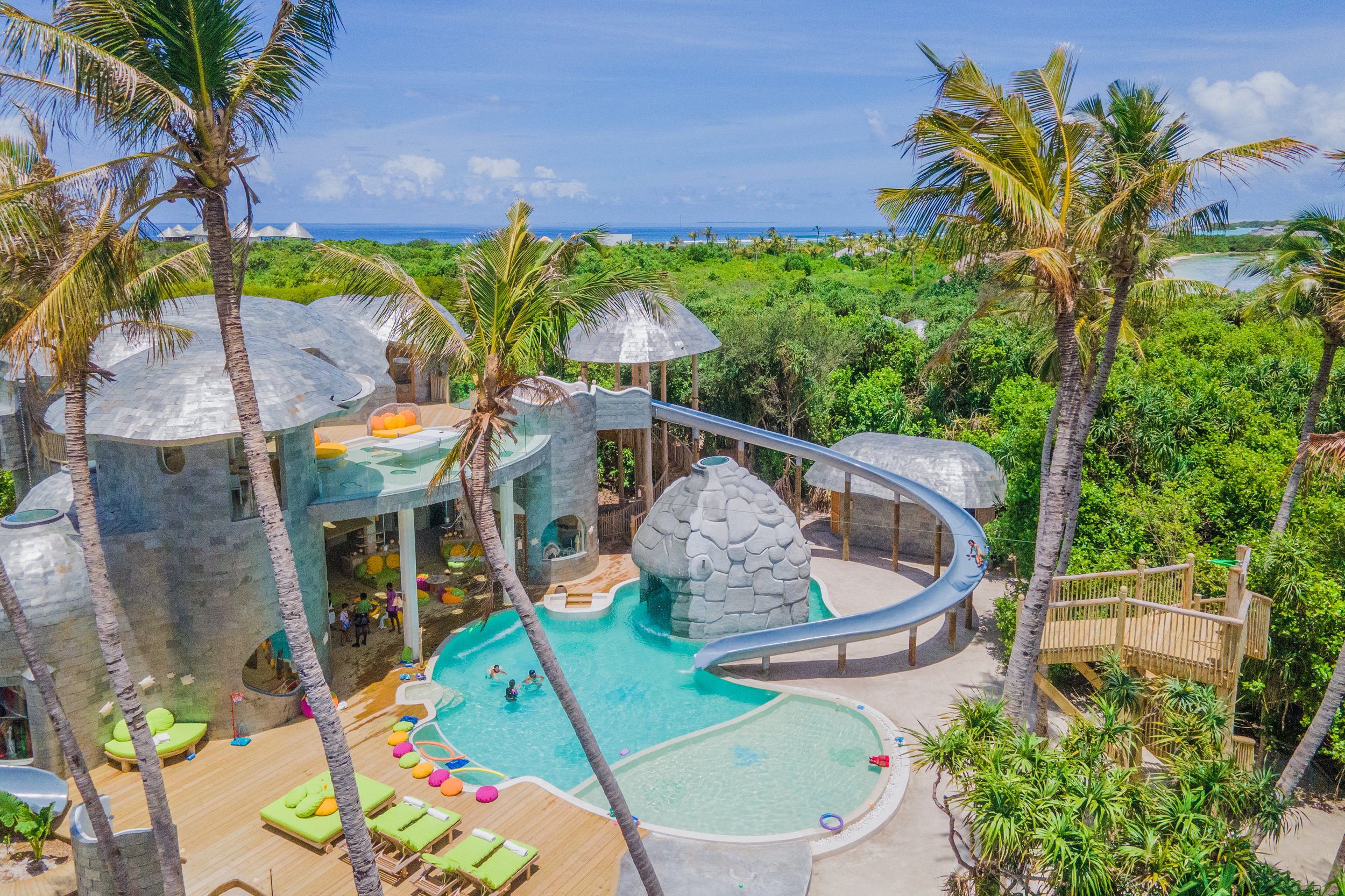




Wellness escapes today go far beyond massages and yoga mats. Experiences like forest bathing in Japan, wild swimming in Scandinavian fjords, sleep therapy in Switzerland and even energy healing in the Costa Rican jungle promise not just relaxation but a deep, sensory reawakening.